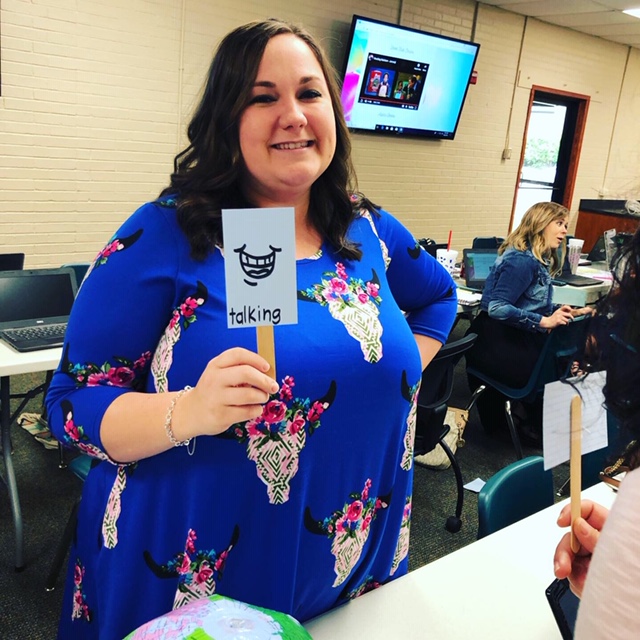Creating a Team Culture in Your Classroom
Effective learning communities do not rely on just one person to do everything. When citizens work together in teams to accomplish goals and share the work load, everyone benefits!
In the first weeks of school, we establish the learning community culture. We want to establish student-centered classrooms starting on day one. Everyone will need a learning job that requires thinking. We've created six roles that incorporate listening, speaking, reading, and writing.
Here's how to get started:
1. Start with teams of two. Assign students to be partner A and partner B. You can also use labels like 'peanut butter and jelly' or 'ketchup and mustard.' Practice having an A/B conversation. You may want to use talking sticks like the ones in the pictures below.
2. Introduce one role at a time. I recommend you start with either Discussion Director or Learning Monitor. Remember to teach students the critical content for each role and provide one to three minutes of practice. Ask students to explain what the role is responsible for doing and not doing. They can read the "doing" right off the card and then draw conclusions about what this person does not do. For example, the Facilitator makes sure everyone shares their thinking and uses accountable talk, but they are not the boss of the team.
3. Monitor and give students descriptive feedback after practice. On day one, have students take turns practicing the role. Be sure to give them accountable talk stems for the role.
4. Introduce the next role on day two. Have both students practice the role. Then assign each partner one of the roles. Always give descriptive feedback after the practice.
5. Introduce one or two roles each week. Go slow and make sure everyone gets an opportunity to practice the thinking for the role.
6. Roles should change daily. If you use the Kagan strategy, Numbered Heads, you can use the numbers to rotate the roles. For example, on Monday, #1 is the Discussion Director. On Tuesday, #2 is the Discussion Director.
We have Team Role Cards with the details of each role.


